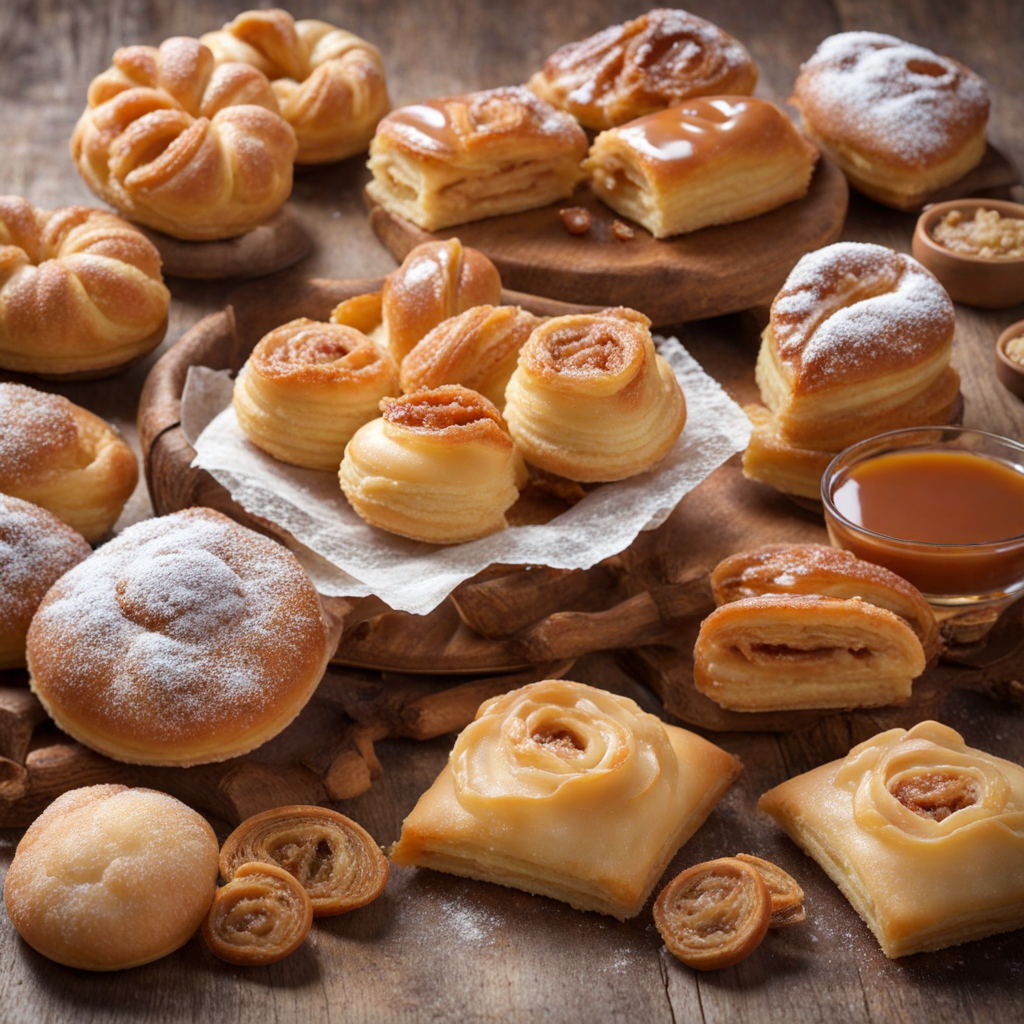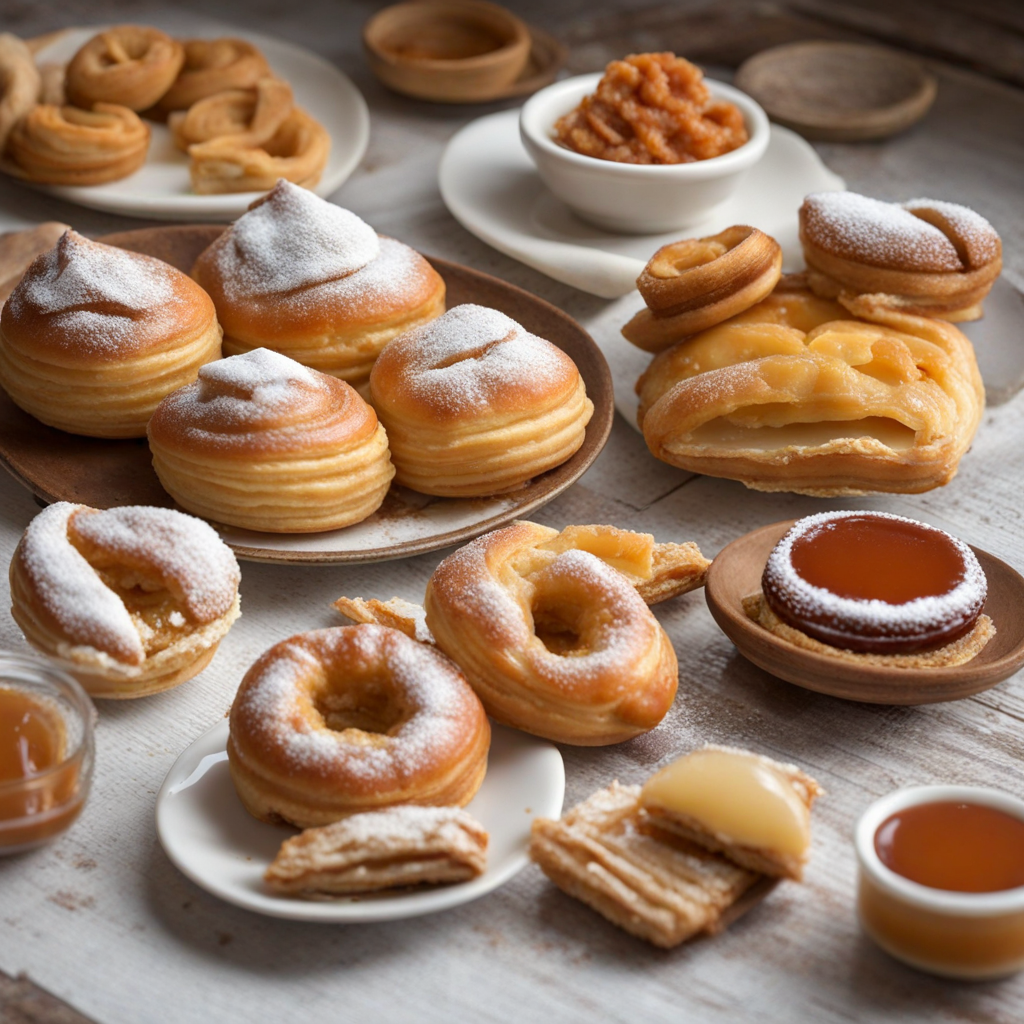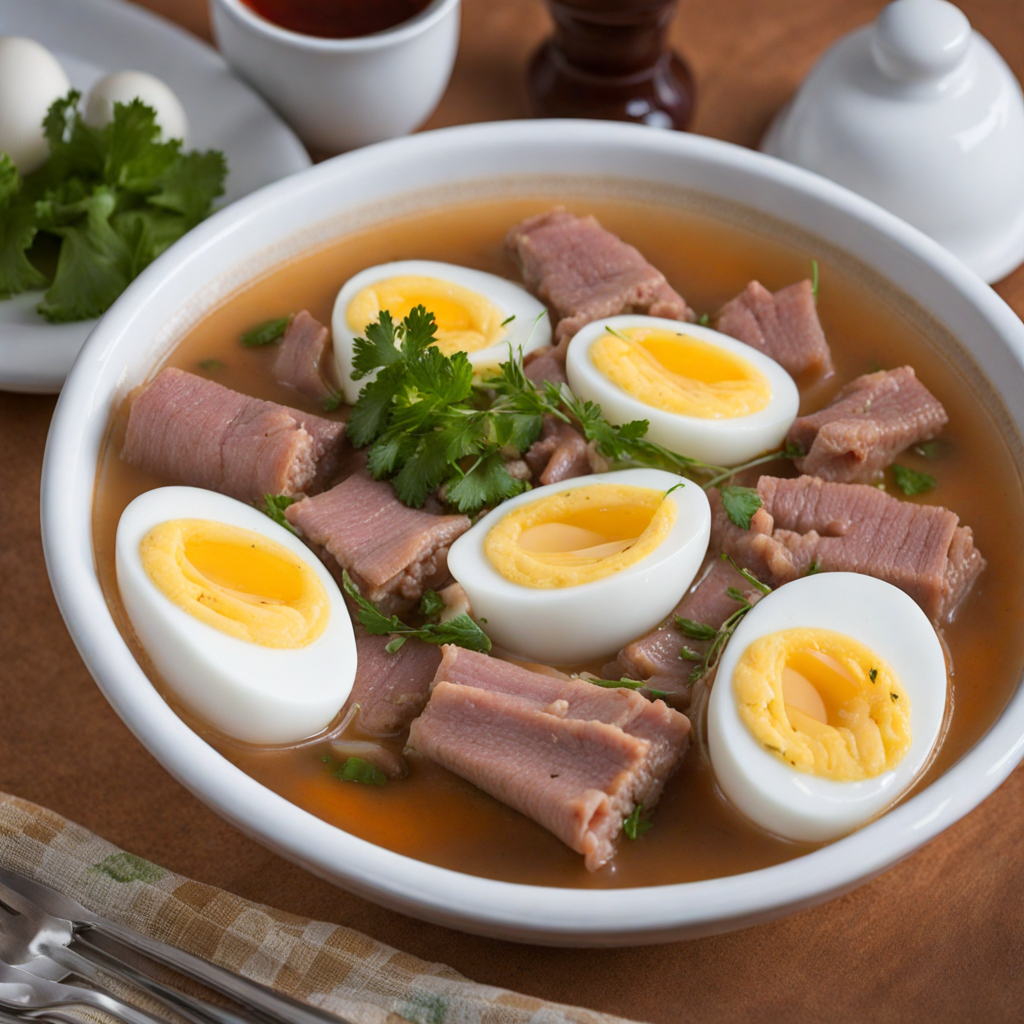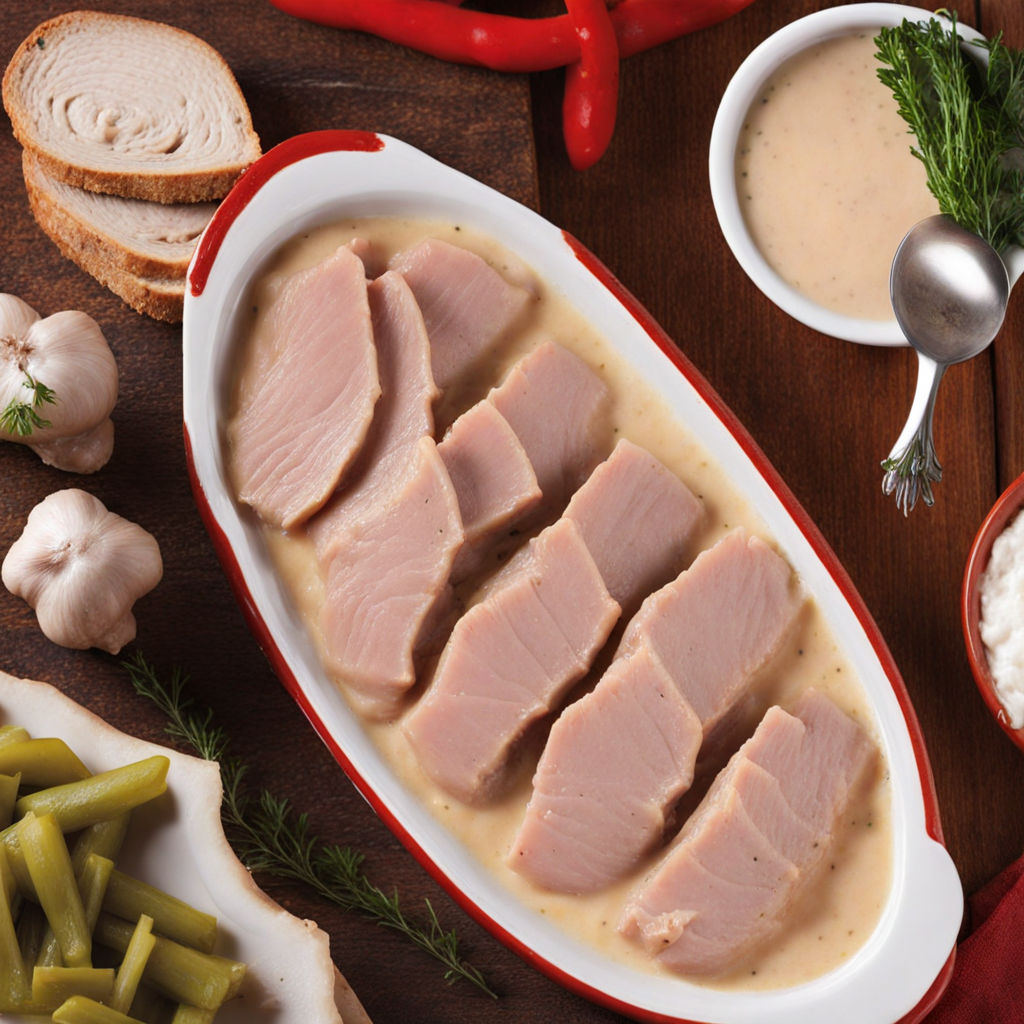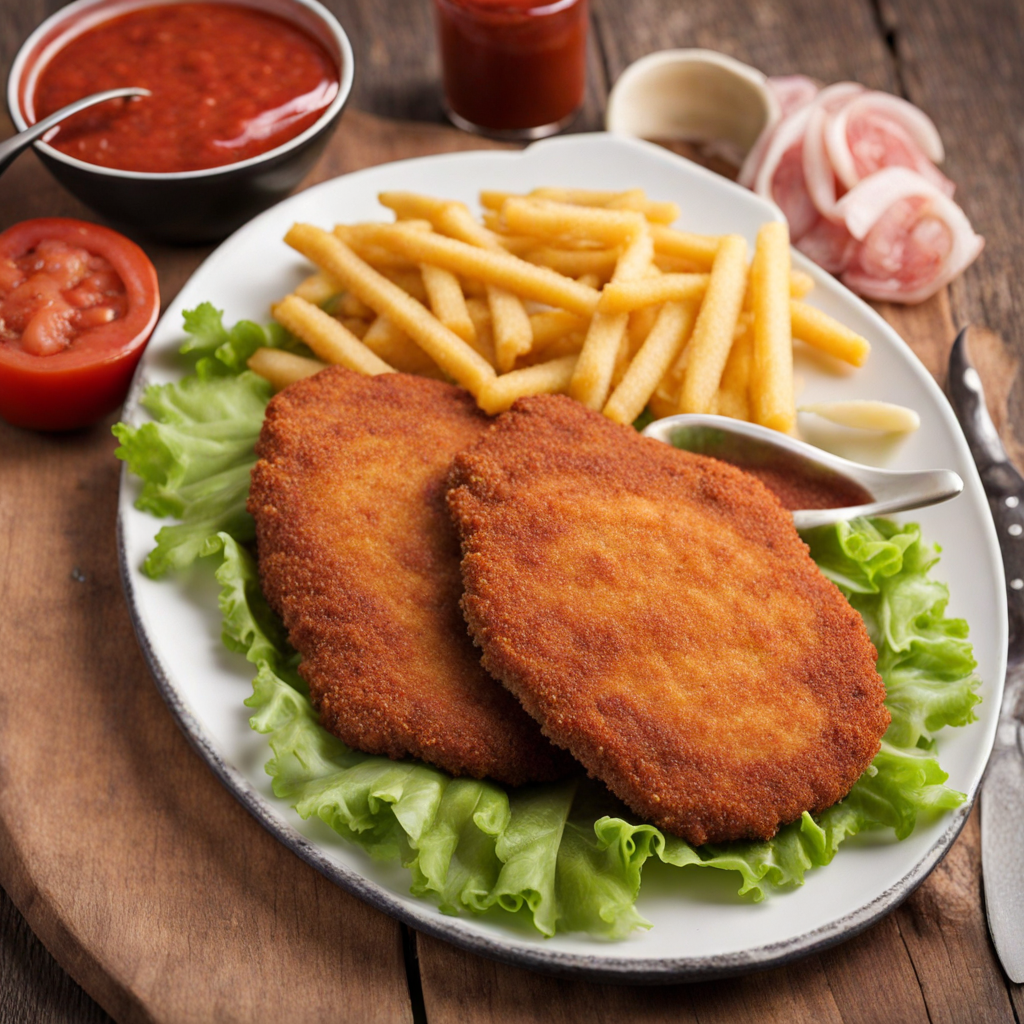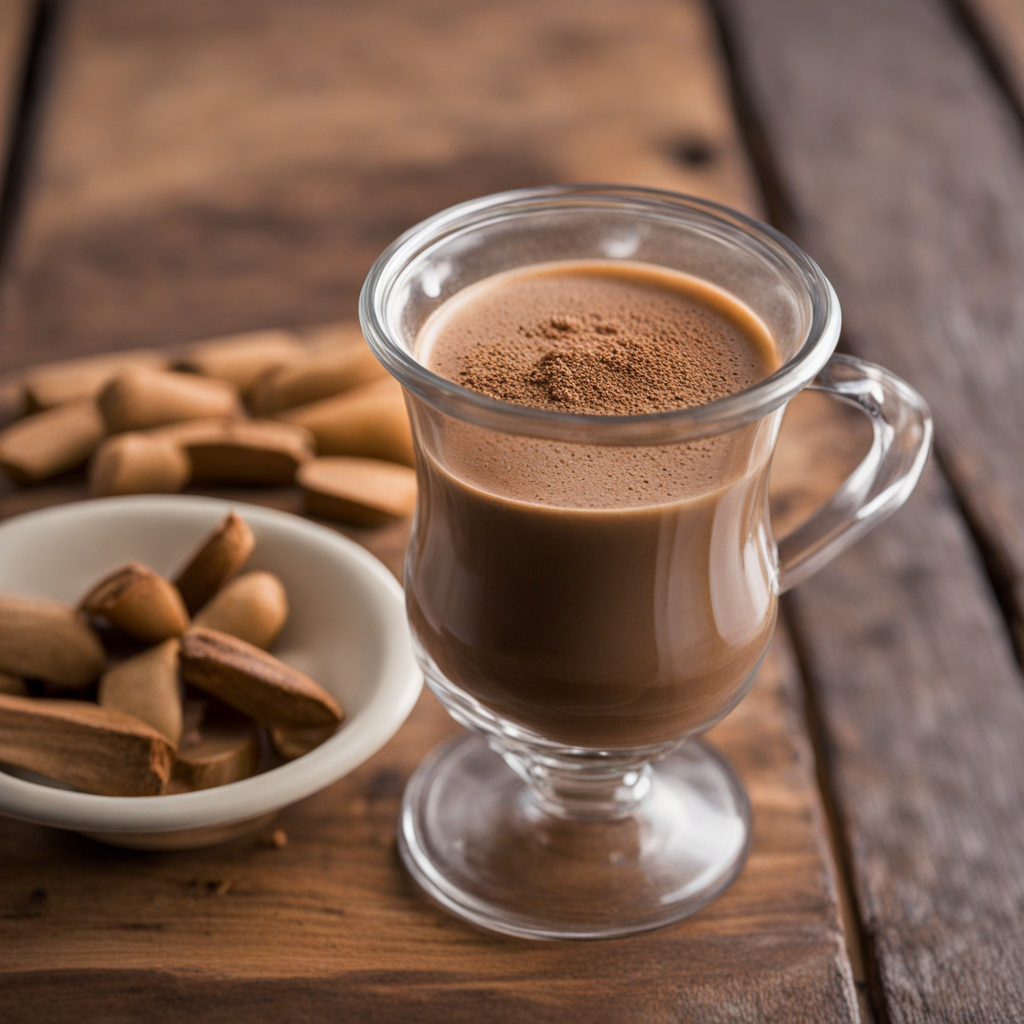Facturas
Facturas are delightful Argentinian pastries that embody the country's rich baking culture. These sweet treats come in various shapes and sizes, often featuring a flaky, buttery dough that is a testament to the skill of the bakers who craft them. The most common types include "medialunas," which are crescent-shaped and can be either sweet or savory, and "churros," which are deep-fried and typically coated in sugar. Each bite offers a perfect balance of crispiness on the outside and a soft, tender interior, making them irresistible to anyone who tries them. These pastries are not just a standalone snack; they are often enjoyed during breakfast or afternoon tea, accompanied by a rich cup of coffee or mate, the traditional Argentine beverage. Facturas are typically filled or topped with a variety of ingredients, such as dulce de leche, chocolate, or custard, adding layers of flavor that cater to both sweet and savory palates. Some variations might also include fruit fillings or cheese, showcasing the versatility of these pastries. In Argentina, facturas are more than just food; they represent a cherished ritual of socializing and sharing. Bakeries, or "panaderías," are commonplace, and you can find these pastries beautifully displayed in glass cases, enticing customers with their appealing presentation. Whether you enjoy them fresh out of the oven or take them home to savor later, facturas are sure to delight your taste buds and give you a taste of the heartwarming Argentine culinary tradition.
How It Became This Dish
Origin of Facturas Facturas are a beloved pastry in Argentina, deeply rooted in both the culinary traditions of the country and the influence of European immigrants. Their origins can be traced back to the late 19th and early 20th centuries when waves of immigrants, particularly from Italy and Spain, arrived in Argentina. These immigrants brought with them their baking traditions, including various types of pastries. The term "factura" itself comes from the Spanish verb "facturar," meaning "to invoice," which reflects the practice of bakers selling these pastries as quick, easily transportable snacks. The earliest forms of facturas were likely influenced by Italian cornetti and Spanish churros. Over time, these pastries evolved, incorporating local ingredients and flavors, leading to the distinct varieties that are enjoyed today. Facturas are typically made from a flaky, buttery dough, sometimes enriched with eggs and milk, which is rolled and folded to create layers, similar to puff pastry. The addition of flavors like dulce de leche, chocolate, and fruit preserves further distinguishes them in the Argentine culinary landscape. Cultural Significance In Argentina, facturas are not just pastries; they are a cultural phenomenon that embodies the country’s social fabric. Typically enjoyed during breakfast or as an afternoon snack, these pastries are often accompanied by a cup of mate or coffee, making them an integral part of daily life. The tradition of sharing facturas among friends and family fosters community and connection, reflecting the Argentine value placed on social gatherings. The consumption of facturas has also become a ritual in many Argentine households. On Sundays and special occasions, families may gather to enjoy a variety of facturas, celebrating their heritage and the shared experience of food. This practice highlights how food serves as a medium for storytelling and cultural continuity. In many bakeries across Argentina, the display of freshly baked facturas becomes a vibrant spectacle that draws customers in, showcasing the artistry and skill of the bakers. Varieties of Facturas There is a delightful array of facturas, each with its unique characteristics and flavors. Some of the most popular varieties include medialunas, which are crescent-shaped pastries that can be either sweet or savory. The sweet medialunas are often dusted with sugar and have a soft, buttery texture, while the savory versions are less sweet and can be filled with cheese or ham. Another favorite is the vigilante, a rectangular pastry that is typically filled with dulce de leche or cream and topped with icing sugar. The bocaditos are small pastries that come in various forms, including those filled with chocolate or fruit jams. The tortitas negras, another popular type, have a distinctive chocolate glaze, making them irresistible to many chocolate lovers. These varieties reflect the adaptability of facturas to different tastes and preferences, ensuring that there is something for everyone. The continued popularity of these pastries in Argentine bakeries speaks to their cultural importance and the role they play in everyday life. Development Over Time The evolution of facturas over the past century has been marked by innovation and adaptation. While the traditional recipes have remained largely unchanged, modern bakers have begun to experiment with flavors and techniques, leading to the creation of new varieties that appeal to contemporary palates. The introduction of international flavors and fusion cuisines has led to the incorporation of ingredients like matcha, lavender, and various fruit fillings, expanding the traditional repertoire of facturas. In addition to innovative flavors, the presentation of facturas has also evolved. Artisanal bakeries, which have surged in popularity in recent years, emphasize high-quality ingredients and beautiful presentation. This movement has rekindled interest in traditional baking methods and has given rise to a new generation of bakers who are eager to honor the past while embracing modern culinary trends. Furthermore, the rise of food culture and social media has played a significant role in the resurgence of interest in facturas. As people share their culinary experiences online, the visibility of these pastries has increased, enticing both locals and tourists to explore Argentine bakeries. Food festivals and events dedicated to traditional Argentine pastries have also contributed to this growing appreciation, showcasing the rich history and variety of facturas to a broader audience. Regional Variations and Influence While facturas are a national staple, regional variations exist that reflect local tastes and ingredients. In the northern regions of Argentina, for instance, facturas may be made with different types of flour or filled with unique local jams. In contrast, coastal areas might incorporate fresh fruits or seafood into their pastries, resulting in distinct flavor profiles that cater to local preferences. The influence of facturas has also extended beyond Argentina’s borders. In neighboring countries like Uruguay and Paraguay, similar pastries can be found, often with their unique twists. This cross-pollination of culinary traditions highlights the interconnectedness of South American food culture and the shared love for pastries among the region’s inhabitants. As globalization continues to shape food trends, facturas are likely to further evolve, embracing new ingredients and techniques while maintaining their traditional essence. This adaptability ensures that they remain relevant in the ever-changing culinary landscape, appealing to both nostalgic tastes and modern sensibilities. Conclusion Facturas represent more than just delicious pastries; they symbolize the rich tapestry of Argentine culture, history, and community. From their European roots to their current status as an essential part of Argentine life, these pastries have woven themselves into the fabric of social gatherings, family traditions, and culinary innovation. The enduring love for facturas speaks to the power of food as a connector, bridging generations and cultures through shared experiences and flavors. As they continue to evolve, facturas will undoubtedly remain a cherished aspect of Argentina's gastronomic identity, inviting all to partake in their delightful offerings.
You may like
Discover local flavors from Argentina


